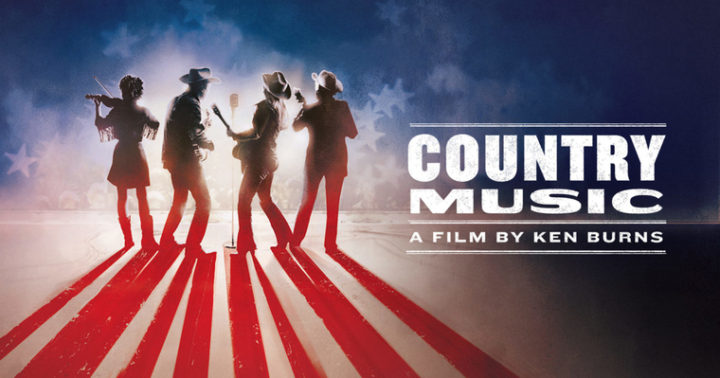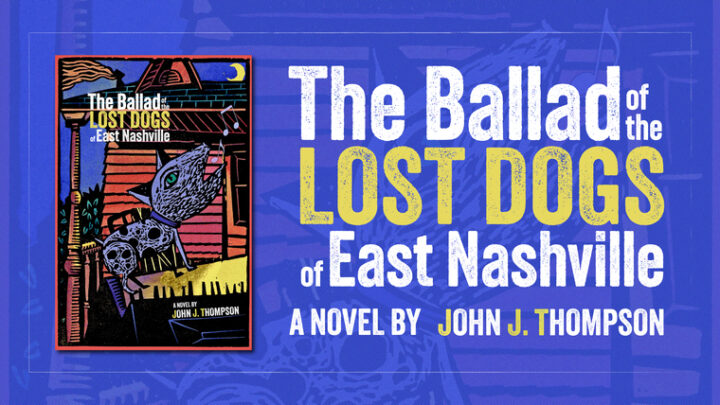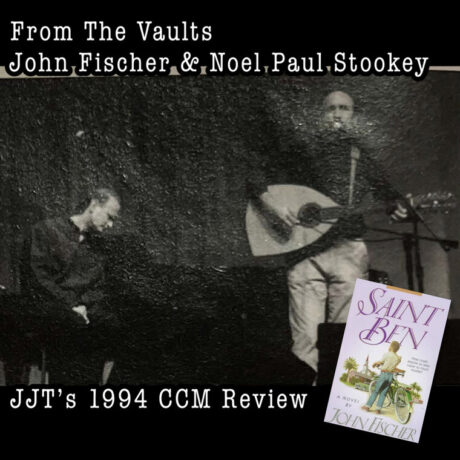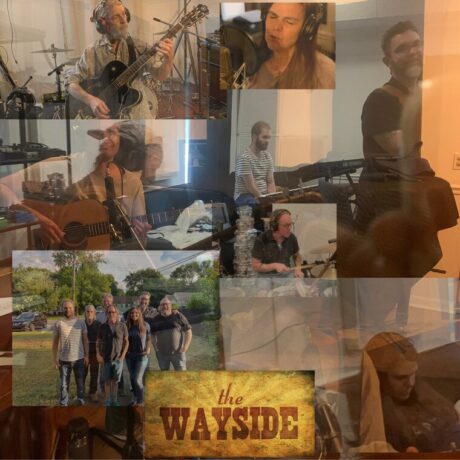Will The Circle Be Unbroken? Burns’ New “Country” Doc Is A Revelation

By Mark Hollingsworth
America’s favorite documentarian, Ken Burns, has once again created a PBS masterpiece with his new 8 part, 16 1/2 hour series, “Country Music.” In his trademark style that is both informative and moving, Burns and his team spent 7 years sorting through over 100,000 images, hundreds of hours of film/video footage, and dozens of in-depth interviews with music historians, artists, producers, songwriters, and other who share a depth of understanding about this complex American art form.
Tracing influences from the fiddle traditions of Ireland and Scotland, the banjo’s importation to these shores with African slaves, hymn-singing within churches, and various minstrel backgrounds that fed the storytelling in song, the stage was set in pre-colonial days. As the American saga started to move forward, especially within the working and agricultural classes, a rich stew began to marinate.
But until the advent of radio and the phonograph, much of it was confined to local dispensations that only occasionally traveled more than a hundred miles from origination points. But as the 1920s unfolded, with these new technologies, exposure started to grow, especially when entrepreneurs realized there was an audience for this homespun music.
Having lived in Nashville for over three decades and even though I’m not a country music fan, by a certain level of osmosis I’ve absorbed a cursory knowledge of the historic flow of the evolving genre. From the 1920s onward through the early 50s it was the Carter Family, Bill Monroe, Jimmy Rodgers, Roy Rogers, and Hank Williams that laid the groundwork and were the initial stars. However, the first several installments of this series fills-in so much more, especially the cross-pollinating between African American blues, gospel harmonies, and artists starting to nick and augment stylings from each other. The evolution of Texas Swing sound of the 40s is particularly entertaining, along with some raucous groups out of the San Joaquin Valley on the west coast.
Things really started to come to life in the 50s with the Memphis explosion of early rock with Elvis, Carl Perkins, Jerry Lee Lewis, and Johnny Cash via Sam Phillips’ Sun Studios. Birthed out of this was rockabilly as well as the Bakersfield Sound which were aggressive cousins to the traditional southern-style and bluegrass which were solidifying in and around the Grand Ol’ Opry in Nashville (which, by this time was already 30 years old).
Female artists began to come into their own in the mid-20th century, initially as members of family bands, then as guy/girl duos, and eventually solo acts like Patsy Cline, Loretta Lynn, Tammy Wynette, and Dolly Parton leading the way in the sixties.
As “The Nashville Sound” (slicker with strings arrangements, lush back ground vocals) was becoming more popular with the influence of Chet Atkins soundscaping skills, there were always some artists who bucked against the system with more gritty stylings like Towns Van Zant and Hank Williams Jr. Bob Dylan’s friendship with Johnny Cash led to him recording three of his greatest LPs in Music City. Additionally, as the sixties rolled into the seventies, rock had another melding with country as folks like Graham Parsons, The Eagles, Charlie Daniels, Marshall Tucker Band, Allman Brothers, etc. came on the scene.
Then “Outlaw Country” was staged as a revolt, as artists like Willie Nelson, Waylon Jennings, and producer Cowboy Jack Clement broke free from the constraints of industry-driven Music Row.
Country got bigger and bigger through the 80s with the advent of CMT and the radio format expanding to become the largest in the nation, Alabama and Kenny Rogers become household names. That set the stage was for the advent of “hat acts” like George Strait, Clint Black, and Randy Travis, which in turn gave birth to atomic explosion that was Garth Brooks. Simultaneously, female artists like The Judds and Reba McIntyre set the stage for Shania Twain.
But its the heartbreaking sagas of Jimmy Rodgers, Hank Williams, George Jones, and especially Johnny Cash that bring the greatest emotional heft to the series. And it is the interview contributions of Marty Stuart, Ray Benson, Rosanne Cash, Vince Gil, and Emmylou Harris (among dozens) interwoven throughout who masterfully tell stories as well as giving context to it all.
As the eighth and final chapter brings things to a close during country music’s most popular era of the mid-90s, it hearkens back to its humble roots, and reminds the genre—and all of us, really—that “don’t get above your raisin’” is the best kind of advice. Quantity is not better than quality, and Harlan Howard’s declaration that “three chords and the truth” is always the best recipe to fall back on when in doubt. We see Johnny Cash have his final of many rebirths with the simplicity of the Rick Rubin-produced American Recordings series towards the very end of the Man in Black’s life. And everything comes back around to the raw elements of love, betrayal, personal failure, and redemption that were so present in those earliest recorded strains of the Carter Family 80 years before. Indeed, the circle will be unbroken. And this testament by Ken Burns will bear witness to that for years to come.
https://www.pbs.org/kenburns/country-music/




